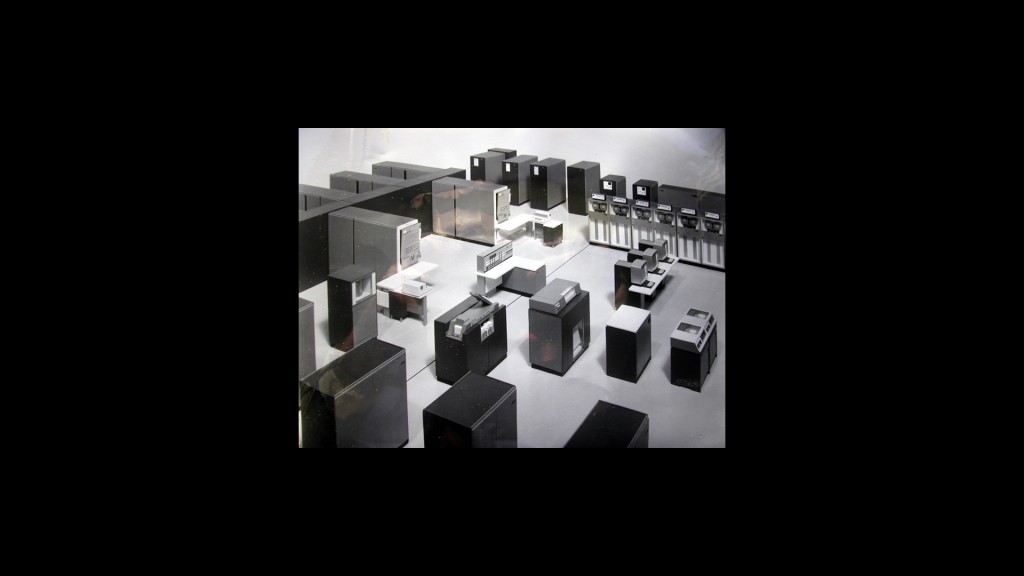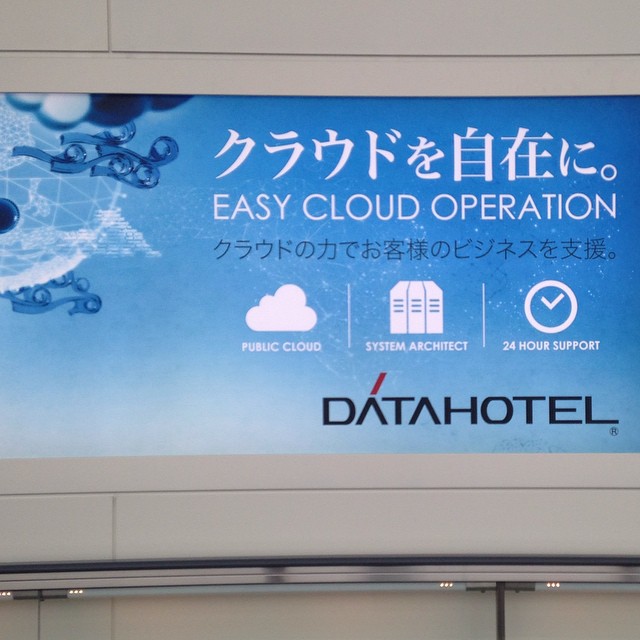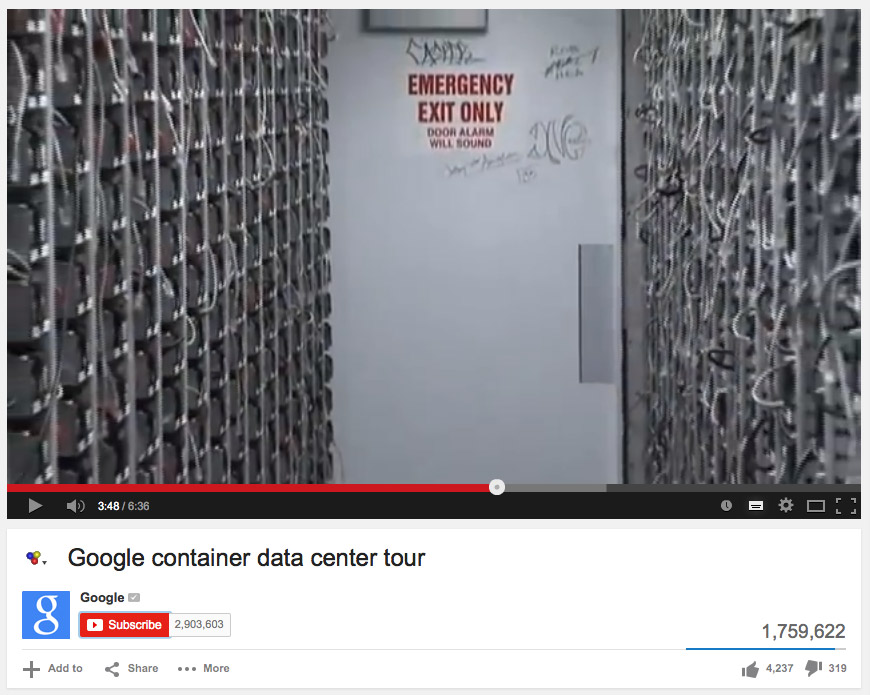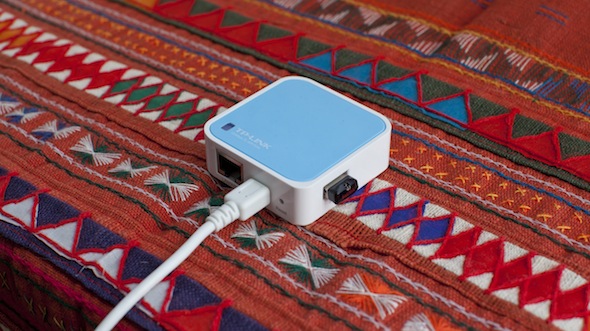Note: a aet of images I’ll need for a short introduction to the project.
From mainframe computers to cloud computing, through personal computer and all other initiatives that tried to curve “the way computers go” and provide access to tools to people who were not necessarily computer savvy. Under this perspective (“access to tools”), cloud computing is a new paradigm that takes us away from that of the personal computer. To the point that it brings us back to the time of the mainframe computer (no-access or difficult access to tools)?
If we consider how far the personal computer, combined with the more recent Internet, has changed the ways we interact, work and live, we should certainly pay attention to this new paradigm that is coming and probably work hard to make it “accessible”.
A very short history pdf in 14 images.




